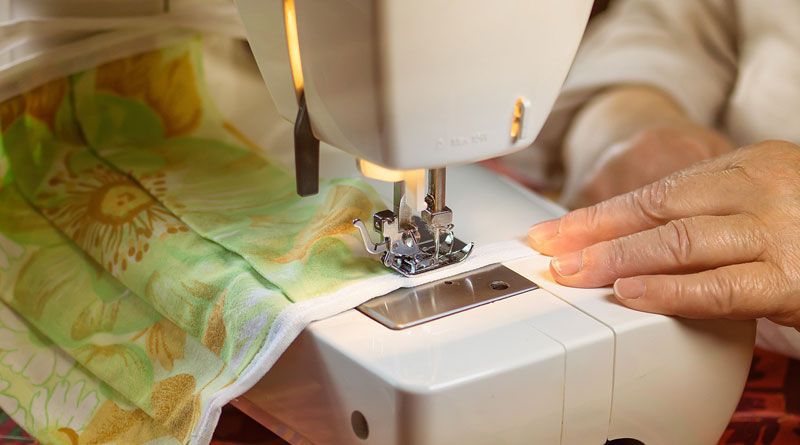Though Australia’s textile industry is not the largest sector in the economy, it holds much potential due to the country’s natural resources. With vast open land spaces and unique natural fibres, Australia is home to a trove of raw materials for textiles, garments, and similar products.
Furthermore, the country’s emphasis on research and innovation has led to its exploration of more eco-friendly materials that do not generate as much waste as synthetic ones. Australia is also known for its relatively warm climate all-year-round, making it a suitable place for trees and fibres to grow.
As mentioned in the points above, Australia’s textile industry shows promising growth. If you are passionate about sewing clothes, you may be able to turn it into a profitable venture. With that, you will need to find the right people and invest in services that provide high-quality industrial sewing machines in Australia to accomplish large production orders.
However, industrial sewing machines are much different from the sewing machine that you frequently use at home. Since they are made for industrial and commercial use, they tend to be bigger and can run for longer hours daily.
Getting the right industrial sewing machine–whether it be for personal or commercial use–is crucial to ensure you create high-quality pieces. If you are buying it for the first time, it will help to familiarise yourself with the common types and feeding mechanisms of industrial sewing machines.
Types of Industrial Sewing Machines
Flatbed sewing machines are the most common among large manufacturers since they resemble the traditional ones and can be used to sew flat materials together. On the other hand, cylinder-bed sewing machines employ a cylinder base to help you reach smaller sections and pass thicker materials through.
As its name suggests, this type of sewing machine is suitable for circular or tubular pieces, such as shirt cuffs, bags, and the like. It can also be used for leather products like sofa covers and saddles since leather is on the thicker side.
For shoes and upholstery work, post-bed sewing machines are the ideal type to get since it has a larger distance from the arm to the needle to allow you to handle your material more conveniently. Since shoes, boots, and other similar products are bulkier and have more structure, they are challenging to make on a flatbed or cylinder-bed sewing machines.
Feeding Mechanisms
Just as there are many types of industrial sewing machines in Australia, there are various types of feeding mechanisms to choose from. The drop feed mechanism is one of the most commonly used for garments. It consists of a presser foot to grip the fabric and a feed dog to move the fabric once the needle retracts from it. The differential feed mechanism operates quite similar but differs in that it has two sets of feed dogs under the throat plate, allowing you to stretch, compress, and work with your fabric more. Like how post-bed sewing machines are more suitable for handling thicker materials, the walking foot mechanism is ideal for such products. This mechanism features a mobile presser foot that moves as you put more fabric into the machine so that the layers do not move around, and you can achieve smooth webbing. Puller feed mechanisms are also geared for larger and heavier products like upholstery since they contain rollers that pull the fabric being fed to the machine.

Namaste UI collaborates closely with clients to develop tailored guest posting strategies that align with their unique goals and target audiences. Their commitment to delivering high-quality, niche-specific content ensures that each guest post not only meets but exceeds the expectations of both clients and the hosting platforms. Connect with us on social media for the latest updates on guest posting trends, outreach strategies, and digital marketing tips. For any types of guest posting services, contact us on info[at]namasteui.com.


Thank you so much @ admin for share your valuable thoughts and ideas We always enjoy your articles its inspired a lot by reading your articles day by day. So please accept my thanks and congrats for success of your latest series. We hope, you should published more better articles like ever before